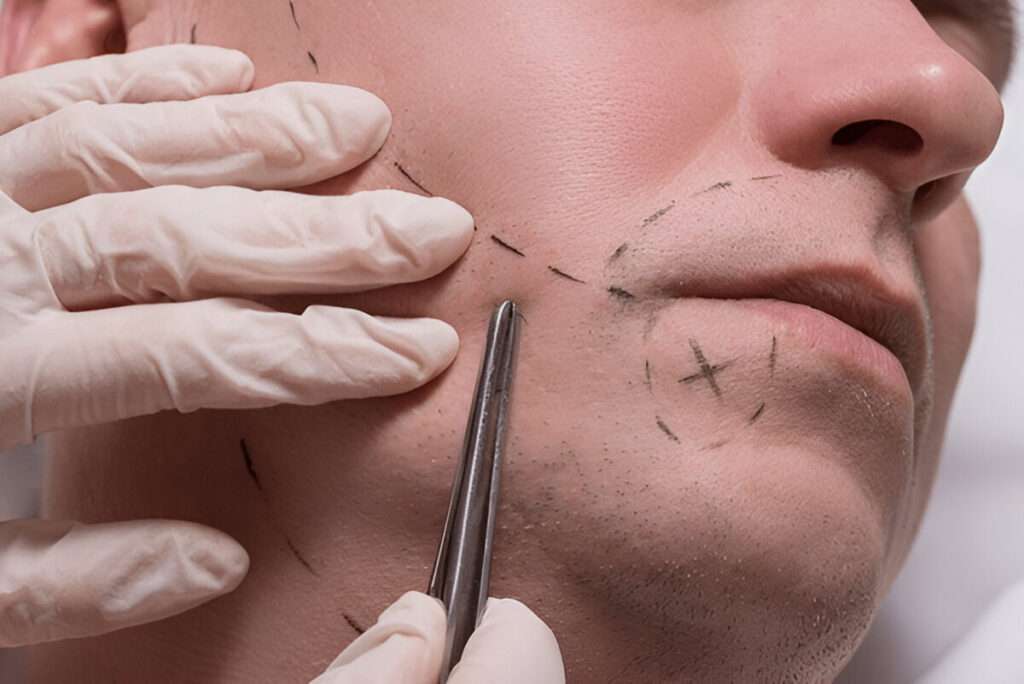Hair transplants have become one of the most reliable treatments for hair loss. They provide natural results that can last a lifetime. But one question many patients ask before booking a consultation is: how much donor hair is actually required for a successful procedure? If you are considering a hair transplant at a London clinic or exploring options across the UK, understanding donor hair requirements is essential to setting realistic expectations.
Understanding Donor Hair
Donor hair is taken from areas of the scalp that are resistant to thinning, usually the back and sides of the head. These follicles hold genetic resistance to hair loss, making them ideal for transplantation. The amount of donor hair you need depends on several factors, including the extent of your hair loss, the density of your existing hair, and your overall restoration goals.
When you visit a hair transplant UK clinic, the surgeon will examine your scalp closely to assess your donor area. The strength and quality of these follicles determine the success of your surgery.
How Many Grafts Do You Need?
In hair transplant surgery, hair is measured in grafts. A graft can contain one to four follicles. Patients with mild thinning may need around 1,500 to 2,000 grafts, while those with more advanced hair loss may require 3,000 or more.
A skilled surgeon at a hair transplant clinic in London will calculate the number of grafts required based on the size of the balding area and your desired density. They will also ensure the donor area has an adequate supply without being overharvested, which could compromise its natural appearance.
Why Density Matters
The success of a transplant is not only determined by the number of grafts but also by the density of the donor area. If you have thick hair on the sides and back, fewer grafts may be needed to achieve coverage. Patients with thinner donor hair may require more grafts to create the same effect.
Hair texture also plays a role. Curly or wavy hair provides more coverage than straight hair, so fewer grafts may be necessary. This is why every hair transplant UK procedure is tailored individually.
Factors That Influence Donor Hair Supply
Not every patient has the same level of donor supply. Genetics, age, and the progression of hair loss all affect how much usable hair you have. For example, younger patients may not yet show their final hair loss pattern, so surgeons sometimes advise waiting before surgery.
Patients with advanced baldness may have limited donor hair, which can restrict the amount of coverage possible. In these cases, surgeons may suggest combining a hair transplant with other treatments, such as scalp micropigmentation or PRP therapy.
Can You Run Out of Donor Hair?
Yes, it is possible to run out of donor hair if too many grafts are harvested. Overharvesting results in visible thinning in the donor area, which compromises the natural appearance of the scalp. This is why choosing an experienced surgeon at a reputable hair transplant clinic in London is so important. Skilled specialists know how to balance donor use and ensure long-term results.
Planning for the Future
Hair loss is progressive. Even after a successful transplant, you may continue losing native hair around the transplanted area. A forward-thinking approach is essential. A trusted hair transplant UK surgeon will always plan with future hair loss in mind. This may include preserving donor hair for potential future surgeries and recommending medical treatments to slow further hair loss.
When to Seek Professional Advice
Estimating the amount of donor hair you need is not something you can do on your own. A detailed consultation with a specialist is the only way to get an accurate assessment. During this meeting, the surgeon will analyse your donor density, hair quality, and long-term goals. This ensures you receive a personalised treatment plan that provides the most natural results.
Final Thoughts
The amount of donor hair you need for a successful transplant depends on many factors, from the size of the balding area to the quality of your existing hair. While numbers like 2,000 or 3,000 grafts can provide a general guide, only an experienced surgeon can give you a precise answer. Whether you are considering a hair transplant in London or exploring other hair transplant providers in the UK, the key is choosing a clinic that prioritises long-term results and patient care. With the proper planning and professional expertise, a successful and natural-looking transplant is achievable.

